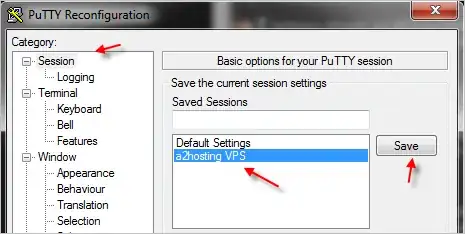My HP Proliant ML110 G7 has a full-size SD slot on the motherboard. What is its use case?
The PDF manual mentions it on page 10: item 17 just to show its placement, but nothing more. In a later revision (Gen 9), it is said the slot is not hot-pluggable.
The motherboard also has a USB slot (item 11).
